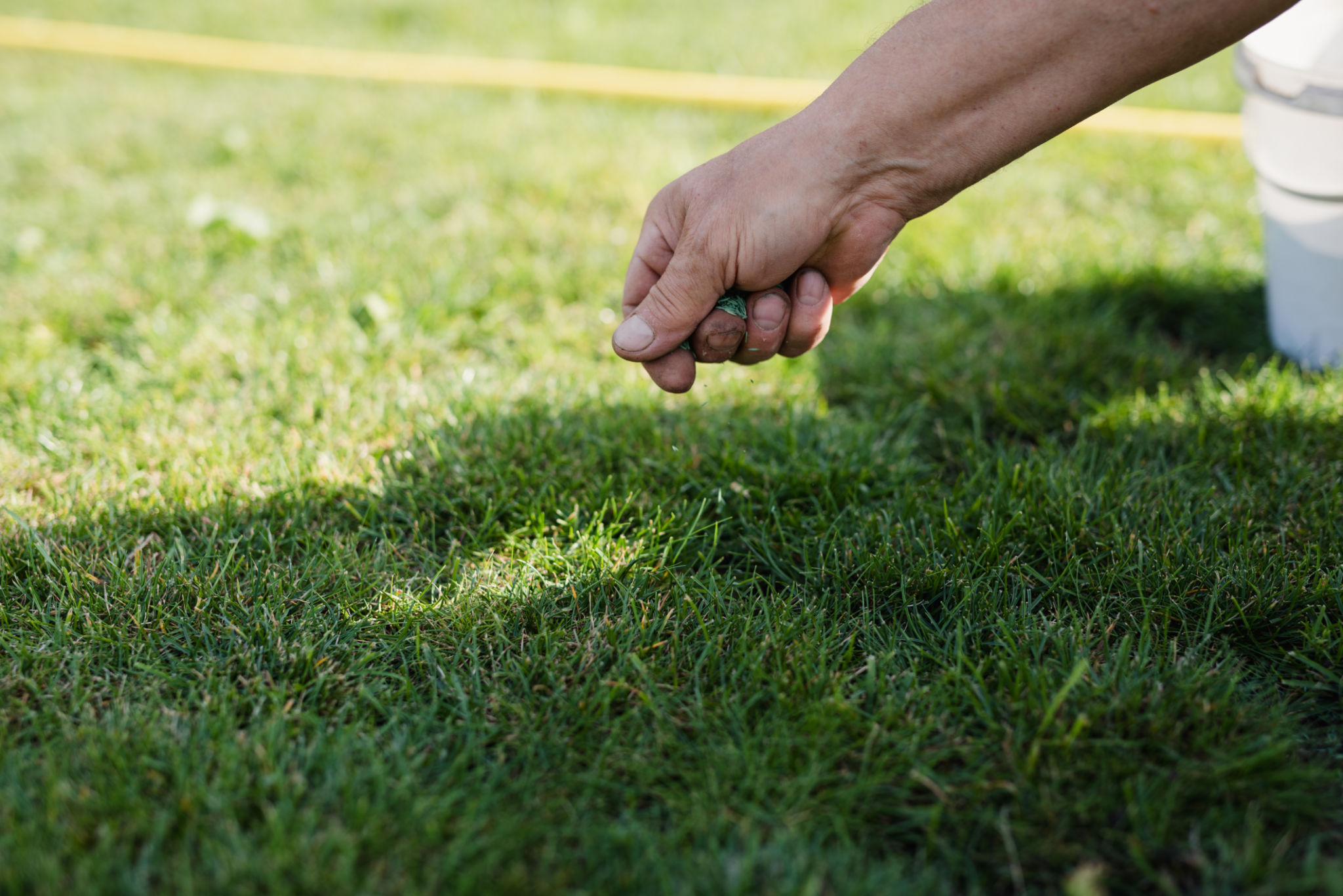Preparing Your Lawn for Winter in Canada: Essential Tips
Understanding Your Lawn's Needs
As winter approaches, preparing your lawn is crucial to ensure its health and vibrancy come spring. In Canada, where winters can be harsh, taking the right steps now can make all the difference. Understanding your lawn's specific needs based on your region's climate is the first step in this process.

Raking and Removing Debris
Start by thoroughly raking your lawn to remove fallen leaves and debris. This is essential to prevent mold and mildew growth, which can occur when leaves are left to decompose on the grass. A clean lawn also ensures that sunlight reaches the grass blades, which is vital for photosynthesis even in the colder months.
For areas with a lot of trees, consider using a leaf blower or a mulching mower to manage the volume more efficiently. Regular cleaning not only keeps your lawn tidy but also prepares it for the next steps in the winterizing process.
Fertilizing Your Lawn
Applying a high-quality fertilizer in the fall is a key step in preparing your lawn for winter. Choose a fertilizer that is rich in potassium, as it strengthens the grass and helps it withstand the cold. This application will provide the necessary nutrients to keep your lawn healthy, promoting root growth and storing energy for the spring.

Aeration for Improved Health
Aeration involves perforating the soil with small holes to allow air, water, and nutrients to penetrate the grass roots. This helps alleviate soil compaction, ensuring that your lawn can breathe and absorb all the nutrients it needs. Fall is the perfect time for aeration, as it provides the roots with ample time to strengthen before winter.
Consider renting an aerator or hiring a professional service if your lawn is large. The benefits of aeration are long-lasting, contributing significantly to a lush and healthy lawn.
Overseeding for Density
Overseeding involves spreading grass seed over your existing lawn to improve its density. This is particularly beneficial if your lawn has bare or thin spots. Choose a grass seed that is suitable for your climate and existing grass type. This will ensure a seamless integration and a fuller lawn come spring.

Watering Wisely
As temperatures drop, reduce the frequency of watering your lawn. However, ensure it receives enough moisture to prevent the soil from drying out. Watering in the morning is ideal, allowing the grass to absorb the moisture before temperatures drop in the evening.
Be mindful of local water restrictions and adjust your watering schedule accordingly to ensure compliance and optimal results.
Mowing and Final Preparations
Continue mowing your lawn until it stops growing, gradually lowering the blade height with each cut. The final mow should leave the grass slightly shorter than usual to reduce the risk of disease over the winter months. A well-trimmed lawn is less susceptible to snow mold and other winter-related issues.

By following these essential tips, you'll be setting your lawn up for success. A little effort in the fall can lead to a lush, green lawn in the spring, ready to be enjoyed throughout the warmer months. Take the time now to prepare, and your lawn will thank you when the snow melts away.